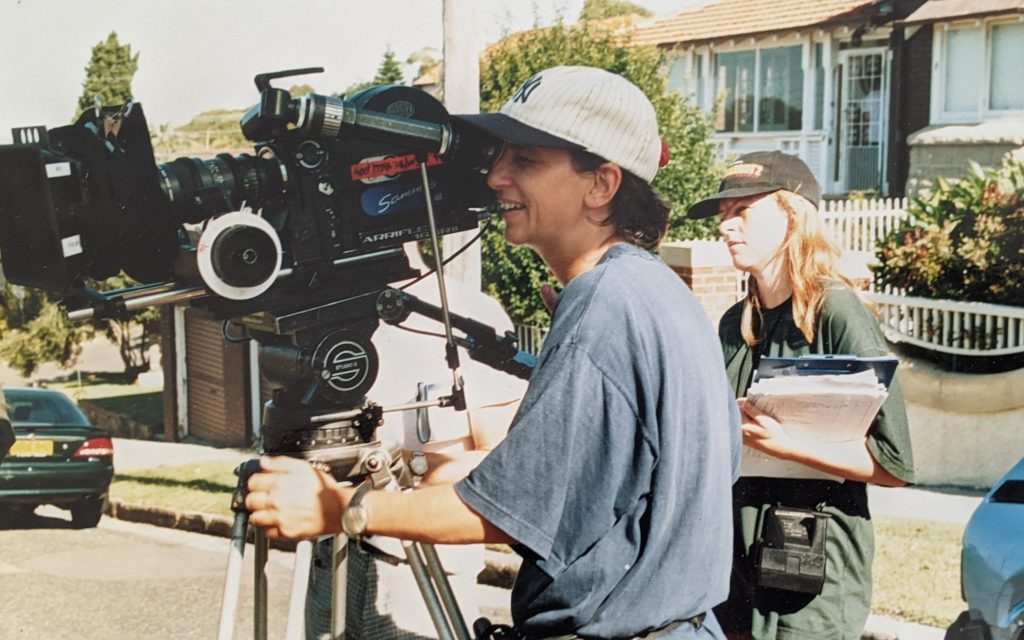Lara Croft and Sexism
Video games have long been seen as the domain of teenagers and man-children, whittling away their time sitting on the couch, controller in hand. Times are changing though, and with gaming now more pervasive than ever, that gender stereotype is being challenged. More girls and women than ever are picking up the controller, only to discover a world dominated by an unrelenting machismo. Females characters, for the most part, have figures that are completely unattainable in the real
world, and are often either brainless and girlish or tomboys. Do video games have some explaining to do when it comes to gender stereotypes?
A survey of approximately 2000 American households for the Entertainment Software Association in 2012 showed that nearly half of all video game players are women. More and more games targeting female audiences are finding success, Just Dance 3 for example, the second highest grossing game of 2012. Industry then, has had little trouble adjusting to a changing demographic.
But what happens when women play the more ‘hardcore’ games, aimed at a more mature audience? This snarky tweet about one woman’s experience wearing a gaming t-shirt shows that perhaps male gamers have conflicting feelings about female gamers.
In a world where the ABC can employ Stephanie ‘Hex’ Bendixson to offer an intelligent and respected opinion on all manner of games and gaming news alongside her male co-host, why the animosity?
Part of the problem could be the portrayal of women in games. Angelina Jolie made Lara Croft a sex symbol in the Tomb Raider, when the pixelated graphics of the day could barely be considered realistic by today’s standards. Even “the first lady of fighting”, Street Fighter’s Chun Li, a police officer and series mainstay, could be considered highly sexualised. Let’s not even start on the physics engine for the Dead or Alive series.
Things are changing though. While it is close to irresponsible to label anything that happens in a game as ‘realistic’, the recent reboot of the Tomb Raider series from developer Crystal Dynamics is a great start. The younger and inexperienced Lara arguably completes the same epic feats of physical strength her tom-boyish predecessor embodies, but her reactions are far more human. The same can be said of Bioshock Infinite’s Elisabeth, who completely breaks down in a humbling show of emotion the first time she sees the player kill an enemy.
Games must always force a player into a willing suspension of disbelief. In order to promote the most positive portrayal of women, developers could make games based in the real world, making players follow a woman’s ascension through the ranks of the corporate world, or portray the very real struggles of women throughout history.
But that would be boring.
The shift towards a more believable portrayal of women is incredibly positive. The demographic has changed, and women want in. As they should. It’s the year 2013, and games have never been better, and there merit as an artistic medium has never been more credible. With games like Beyond: Two Souls and The Last of Us nearing release, video games have finally emerged from puberty into the glorious world of adulthood.



Be the first to comment!